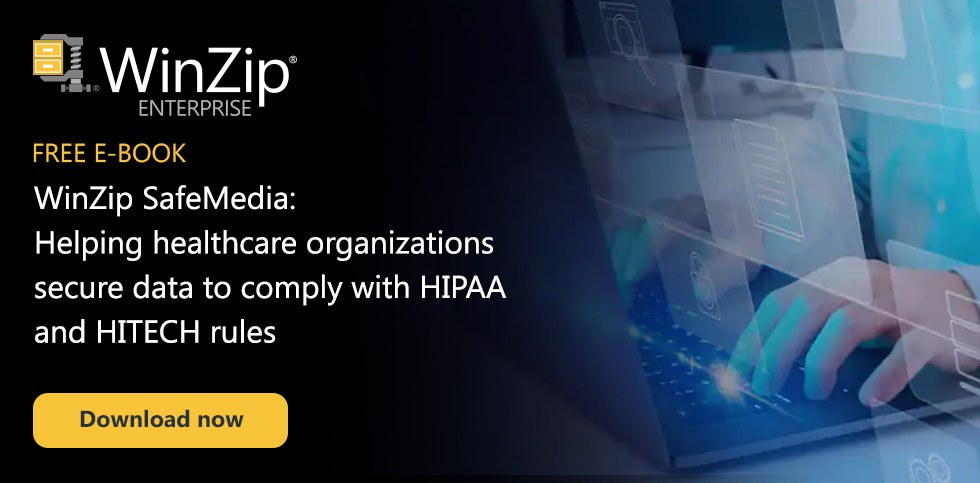Data in transit, also called data in motion, is data that is being transferred between two locations over the internet or a private network. When data is in transit, it moves from one location to another, such as between devices, across networks, or within a company’s on-premises or cloud-based storage, i.e., the internet.
So much of our everyday lives involve using data in transit. Some examples of data in transit that we encounter daily include:
- Sending an email
- Browsing the internet
- Sending a text
- Accessing information in cloud applications
- File sharing with coworkers
Often, the best way to keep data safe, wherever it may be, is to use encryption. Encryption is a way of transforming data into code that only specific recipients can decipher. This prevents outside unauthorized users from being able to view, understand, and access sensitive information. Agencies, enterprises, organizations, businesses, and even individuals all have data that require safeguarding.
When dealing with data in transit, enterprises often choose to encrypt the necessary data before moving or using it to protect it before it leaves its secure location. Similarly, data in use is often encrypted before traversing any external or internal networks.
Threats and vulnerabilities for data in transit
Once data leaves its source location, it is in motion and is considered vulnerable. Unfortunately, in this state, it’s susceptible to insider threats and malicious actors.
One of the most frustrating parts about the relationship between cybersecurity and data in motion is that once it leaves its network, administrators no longer have any control over the data. Therefore, the data in motion is vulnerable, rendering cybersecurity useless.
Data headed to cloud storage also isn’t foolproof. To keep data in motion safe while it’s on its way to the cloud, organizations must be sure that it doesn’t get intercepted.
Even some of the highest security organizations have had their data exposed via the cloud. For example, just last year Microsoft disclosed cloud storage misconfigurations were a major contributor to data breaches. These errors resulted in massive amounts of exposed data.
Furthermore, data sent via the internet is never safe and should always be encrypted. However, that hasn’t stopped large corporations from making simple cyber mistakes.
Clearly, data in motion can be incredibly vulnerable without the proper security and precautions. Analysis, changes to current company procedures, better encryption methods, and cyber security implementations are just some of the ways organizations can keep data in motion safe.
Encryption methods for data in transit
There are two main methods to encrypt and decrypt data in transit. These include:
Symmetric encryption: A temporary key (like a password) that is only used once, for encrypting and decrypting data sent between two different parties.
Asymmetric encryption: Also called public-key cryptography, it uses a pair of related keys (a public key and a private key) to encrypt and decrypt data and protect it from unauthorized access or use.
There are a few main differences between symmetric encryption and asymmetric encryption:
Asymmetric encryption is a new technique, while symmetric encryption is an old technique.
Asymmetric encryption uses two keys (public and private) to encrypt and decrypt data. In contrast, symmetric encryption uses a single key that is shared with the people who need to access the data.
Asymmetric encryption takes more time than symmetric encryption.
Ultimately, asymmetric encryption was created to eliminate the need to share a public key, which was needed for symmetric encryption. Therefore, asymmetric encryption is considered more secure because it uses a pair of public-private keys to encrypt and decrypt data in transit.

Examples of encrypting data in transit
As mentioned, encryption secures data to ensure that communications aren’t intercepted while data is moving between two services. Often, data in transit is encrypted before transmission, authenticated at the endpoints, decrypted on arrival, and then ensured that the data hasn’t been modified.
For example, Transport Layer Security (TLS) is often used to encrypt data in transit for transport security. This cryptographic protocol encrypts data sent over the internet to ensure that bad actors cannot see secure information.
TLS is particularly useful for private and high-risk data, like passwords, credit card information, and other personal information. In addition, companies such as Google use a secure TLS connection when sending information, such as email.
On a similar note, many companies opt to use Secure/Multipurpose Internet Mail Extensions (S/MIME) for email. While TLS encryption encrypts the communication channel, S/MIME encrypts the message sent. As a result, the two can be used simultaneously to secure channels and data more effectively.
How WinZip Enterprise can help you keep your data safe
WinZip® Enterprise protects data in transit and data at rest using AES-256 encryption. Advanced Encryption Standard (AES) is a symmetric algorithm commonly used with many different cryptographic protocols, such as TLS and S/MIME.
With this encryption, cyber attackers cannot read the encrypted data even if they access files. This ensures your data (and the data of clients or customers) is protected.
WinZip Enterprise is so much more than just an encryption tool. In addition to its industry-leading cryptography, companies that use WinZip Enterprise also leverage its data management, sharing, compression, and backup functionalities.
Your sensitive data is protected in transit, at rest, and during backups with WinZip. We also offer a variety of advanced security features, such as password protocols and reporting and analytics tools.
Explore how WinZip Enterprise can help you encrypt files in transit today!
